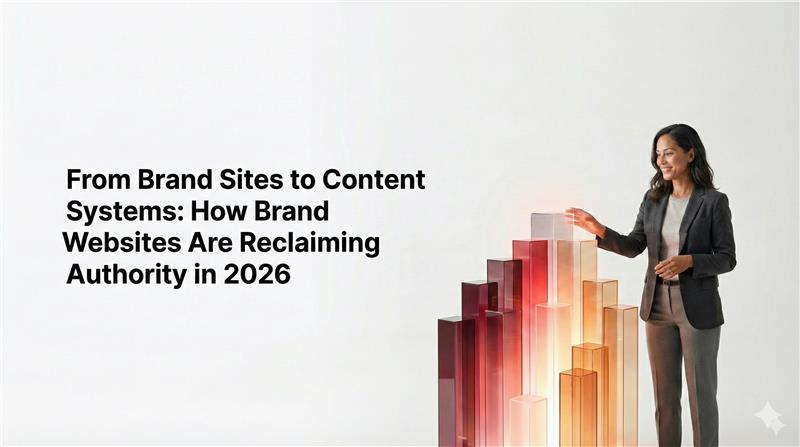For the past decade, marketers have been experimenting in the digital environment to enhance brand-customer interactions. In the B2C and B2B spaces, the growth of social platforms has changed how marketers communicate with their clients. In addition, advances in big data and artificial intelligence have enabled marketers to better target and communicate with customers and analyse the impact of their efforts. Third-party cookies are crucial for such advancements.
The advertising/marketing game now stands on the verge of groundbreaking change. Google plans to stop supporting third-party cookies on its Chrome browser by the end of 2023, ultimately ending two decades of media and data-driven performance-focused marketing. As a result, marketing executives and their teams must prepare for a world without cookies by focusing on consent-based advertising and adopting digital transformation strategies for a world without cookies.
We have boiled down the entire marketing plan fitting for a cookieless world into five steps. Read on!
Shift to the first-party data strategy
The websites visitors visit place first-party cookies on their browsers, which the website owner owns. They assist in collecting vital analytical data, language preferences, and the overall delivery of a positive user experience. Companies must make changes in their digital transformation strategy and start investing in developing the ability to acquire first-party data precisely. Businesses must be early adopters and ensure that their first-party cookies are mature enough to gather critical data elements.
According to a Deloitte survey, 61% of high-growth enterprises are shifting to a first-party data strategy.
Start developing second-party relationships
Sharing second-party data is standard among organisations in related domains, and it may be highly advantageous to all parties involved. The company's first-party data is shared under a contractual arrangement as second-party data to another company. Such mutualistic ties may become increasingly significant for enterprises with a considerable audience overlap in the near future.
This change will only come to fruition once the marketers are willing to rethink their digital transformation strategy for enterprises.
Focus on building rapport with tech giants
Marketers may need to explore outside their boundaries to expand their first-party data. For example, marketers should establish connections with tech giants like Google and Facebook and other media publishers to acquire access to their ‘walled gardens’ of corresponding insights and data to ensure internal data creation.
This step will require exceptional digital transformation services at your business’ disposal.
Reinvent your media spend strategy
Cookie obsolescence would aggravate existing digital ad measurement difficulties, such as transparency and integration standards and attribution accuracy. Instead, reinvent measurement baselines, engage in market research, and lock in essential resources to prepare for an era of advertising experimentation.
Revamping your brand marketing is not a piece of cake. You will require a robust and streamlined process for your digital transformation strategy. Many digital marketing agencies in India offer remarkable digital transformation services for B2B and B2C firms.
Practice contextual targeting
Behavioural targeting tries to collect data on a visitor's behaviour to ensure that the ad is relevant to them while ignoring the context of the ad. Marketers must evolve this strategy and shift to contextual targeting practice, which targets visitors based on the page's content where the ad appears. As the number of options for giving individualised advertising to audiences decreases, marketers must return to the basics and concentrate on contextual targeting to get their messages to the right audience.
Adapting, surviving and thriving in a cookieless world is possible with specific finetuning measures in your digital transformation strategy.









